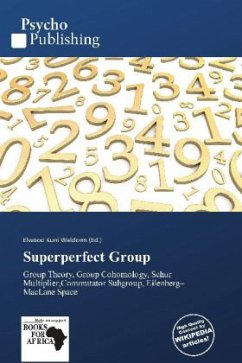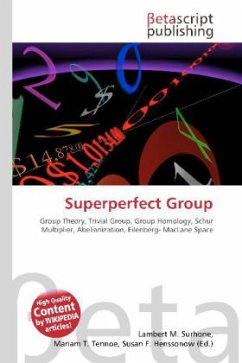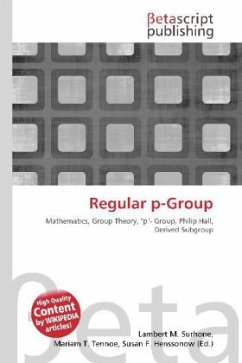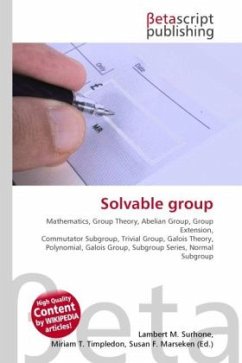Please note that the content of this book primarily consists of articles available from Wikipedia or other free sources online. In mathematics, in the realm of group theory, a group is said to be superperfect when its first two homology groups are trivial: H_1(G;mathbf{Z})=H_2(G;mathbf{Z})=0. This is stronger than a perfect group, which is one whose first homology group vanishes. In more classical terms, a superperfect group is one whose abelianization and Schur multiplier both vanish; abelianization equals the first homology, while the Schur multiplier equals the second homology.The first homology group of a group is the abelianization of the group itself, since the homology of a group G is the homology of any Eilenberg-MacLane space of type K(G,1); the fundamental group of a K(G,1) is G, and the first homology of K(G,1) is then abelianization of its fundamental group. Thus, if a group is superperfect, then it is perfect.







